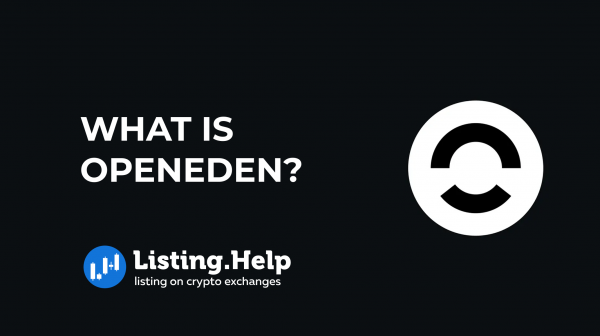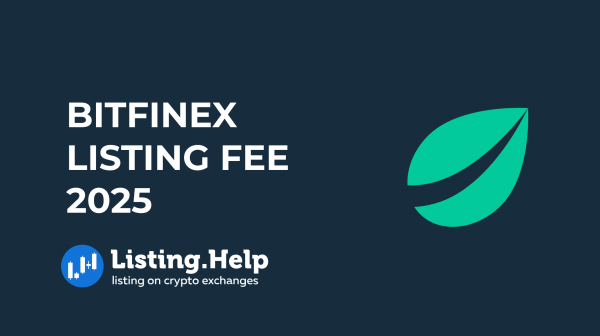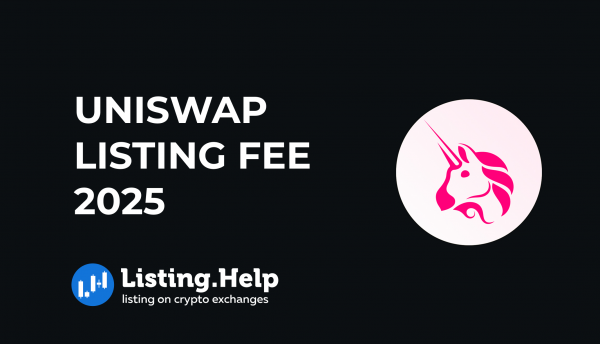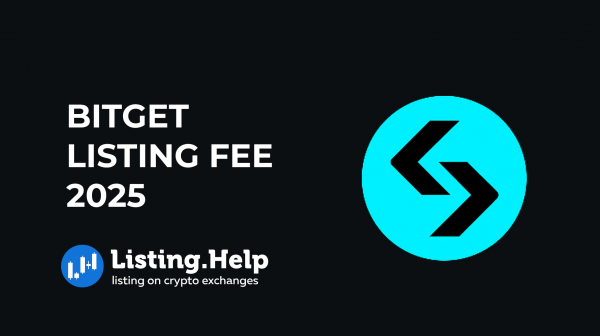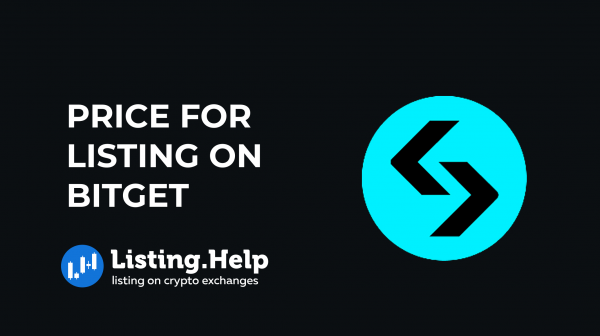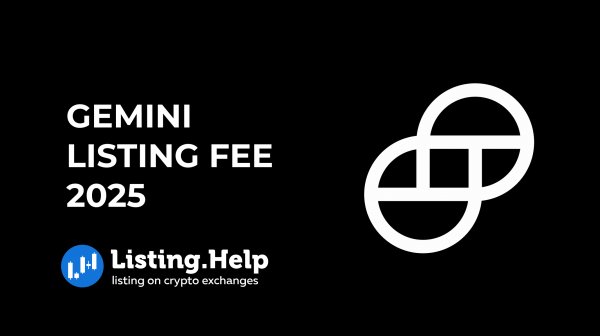What is Chain Abstraction?
 September 14, 2024
September 14, 2024 Updated: January 26 2025, 07:10
Updated: January 26 2025, 07:10
LEAVE A REQUEST
Launching your own token project? Our experts are ready to help with listing on exchanges, market making, marketing and other solutions
SUBMIT APPLICATIONBlockchain can often seem complex, especially for beginners. In this article, we’ll discuss the concept of chain abstraction, how it functions, the advantages and difficulties it presents, and some common misunderstandings surrounding it.
Chain abstraction is a concept developed by NEAR that aims to simplify how users interact with blockchain technology by separating the technical aspects from the user experience. The idea is to ensure users don’t need to know which blockchain they are using, or even be aware that they’re interacting with blockchain at all.
How Does Chain Abstraction Work?
Streamlining Interaction
Imagine if you could only send messages between iPhones but not to Android devices—this would be inefficient. In the same way, users should be able to interact with decentralized applications (DApps) across different blockchains without unnecessary barriers.
The aim of chain abstraction is to hide the technical complexities of blockchain, allowing users to focus on the functionality of the DApps they’re using. For example, if Sarah wants to use a new DApp called XYZ, she shouldn’t need to worry about which blockchain supports it. Her main concern should be that it works as expected and serves her needs.
This is similar to how millions of people use the internet every day without needing to understand the underlying technology. As long as it operates smoothly and provides value, there’s no need for the average user to grasp all the technical details.
Cross-Chain Transactions
Now, imagine a DApp that allows easy transactions across various networks, combining different services seamlessly. Sarah could open the XYZ app on her phone, order a coffee, and see a discount at her favorite clothing store. She buys shoes, earning rewards as NFTs on Ethereum. Later, she notices a promotion connected to her reward and purchases event tickets, which are also NFTs, but on the BNB Smart Chain.
All of this can take place in one app, without Sarah having to manage multiple wallets, switch between networks, or worry about transaction fees. This seamless integration of multiple blockchains is the ultimate goal of chain abstraction.
Advantages of Chain Abstraction
The division of users and liquidity across different blockchains is becoming a significant hurdle for Web3 applications. Chain abstraction aims to solve this issue by simplifying user interactions with multiple blockchains and minimizing the need for direct engagement with the technical aspects of blockchain infrastructure. This approach allows users to access their assets across various chains as if they were all consolidated into one.
By implementing chain abstraction, the Web3 industry can create applications that are not limited by the user experience challenges of individual blockchains, potentially driving growth beyond the current Web3 user base.
Several core benefits of chain abstraction support this outcome, each of which contributes to enhancing the blockchain ecosystem:
Greater Interoperability
With chain abstraction, users can move between different blockchain networks without difficulty. This focus on interoperability allows assets and accounts to be used seamlessly across any blockchain. It eliminates the need for manual asset transfers or maintaining separate balances on different chains, making interactions smoother and more efficient.
Easier Development
Chain abstraction allows developers to create dApps that aren’t restricted by the user base or liquidity of a single blockchain. This expanded flexibility lets developers access resources from the entire blockchain ecosystem, leading to stronger network effects and a larger potential user base for their dApps.
Better User Experience
Users no longer need to manage balances across multiple chains or understand the blockchain infrastructure behind the applications they use. By removing these technical complexities, chain abstraction provides a more user-friendly and intuitive experience.
Cost Efficiency and Scalability
Chain abstraction enables dApps to tap into the broader blockchain ecosystem, optimizing costs and improving scalability. Developers can select the most efficient blockchain for specific tasks, which helps reduce transaction costs and ensures scalability without being constrained by the economic or social status of individual chains.
Disadvantages of Chain Abstraction
Centralization risks
One possible approach to chain abstraction is to develop a unified interface where users can access multiple blockchain applications from a single platform. While this would certainly improve the user experience, it raises concerns about centralization. A single interface could become a point of failure, creating risks that contradict the decentralized nature of blockchain technology.
Security risks
Each blockchain operates under its own security protocols. When various blockchains are accessed through one unified interface, maintaining the integrity of these distinct security measures becomes complex. If the system isn’t carefully designed, this consolidated interface might introduce vulnerabilities that affect individual blockchains, putting their security at risk.
Interoperability Limitations
Achieving smooth interoperability between different blockchains is a significant hurdle. Each blockchain has its own consensus mechanisms and smart contract languages, which complicates the creation of a universal interface. For example, a smart contract written for Ethereum is not compatible with Solana due to differences in their technical frameworks, making cross-chain functionality difficult to implement without issues.
Future of Chain Abstraction
Chain abstraction holds great potential, particularly in addressing the major challenges of user experience complexity and the fragmentation of users and liquidity. As the technology continues to develop, it is likely to bring about substantial innovations, influencing the next generation of decentralized applications. By resolving many of the current issues in the Web3 space, chain abstraction will play a crucial role in shaping the future landscape of the blockchain ecosystem.

For more insights and updates on the crypto world, don’t forget to check out our blog at Listing.Help




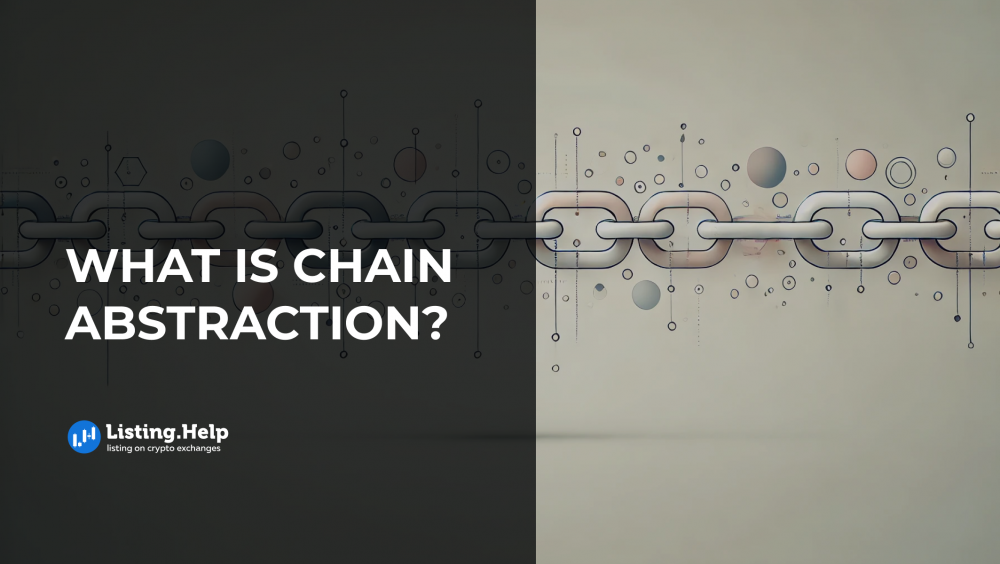


 November 8, 2025
November 8, 2025 